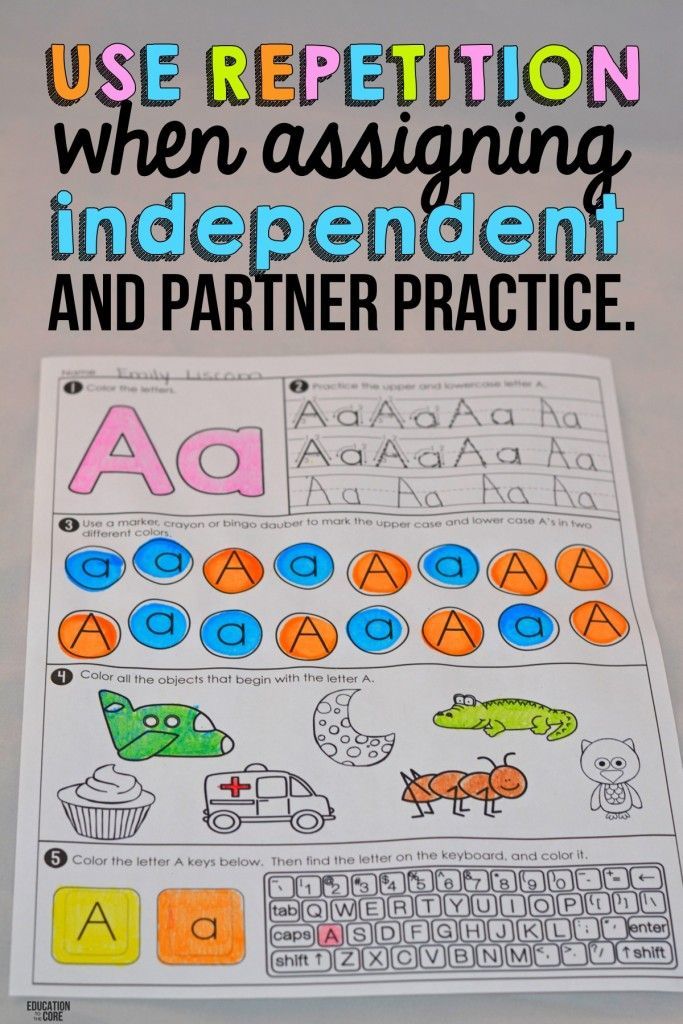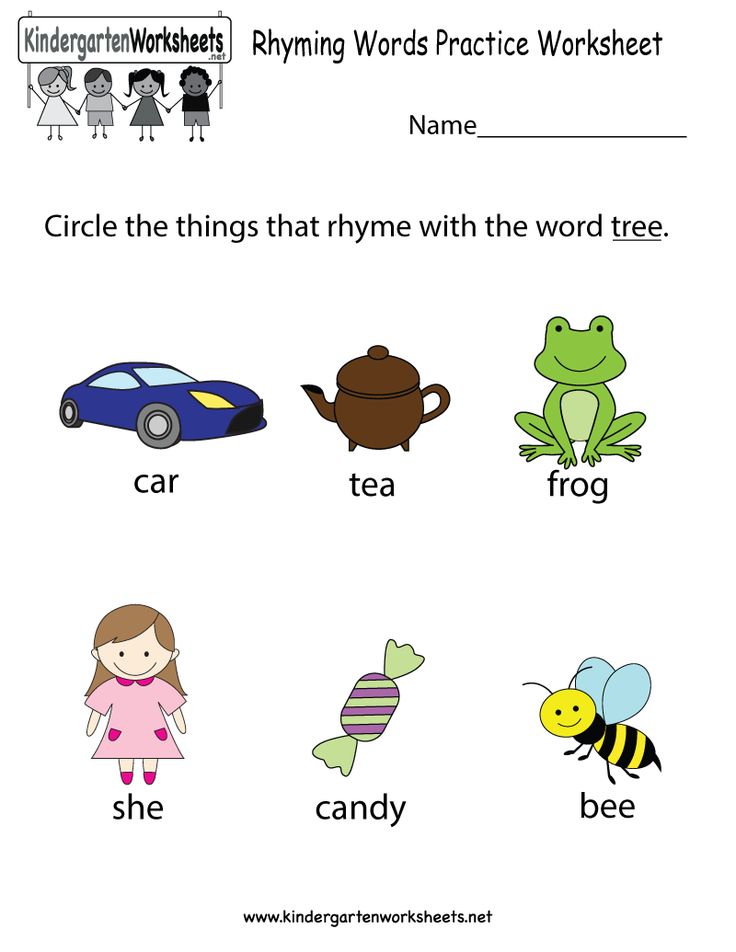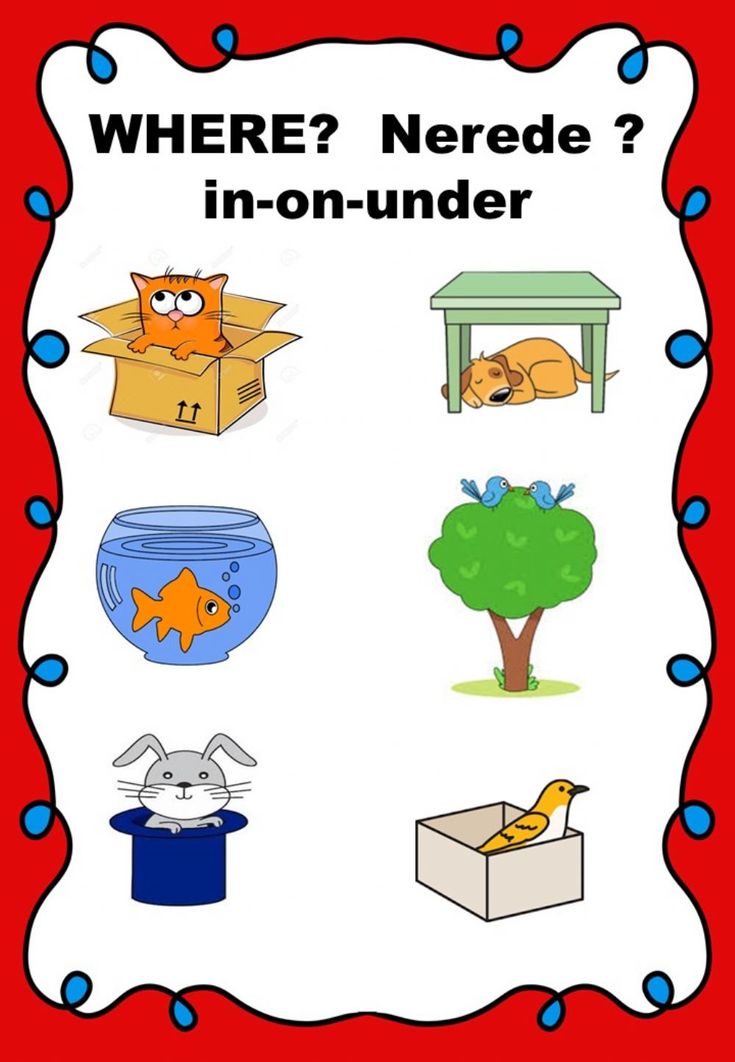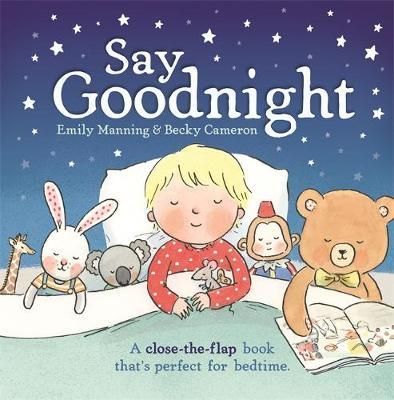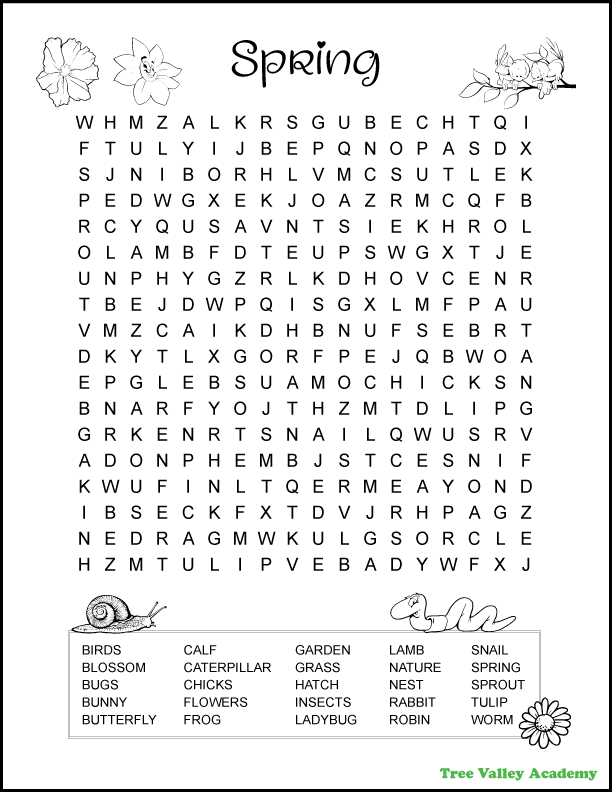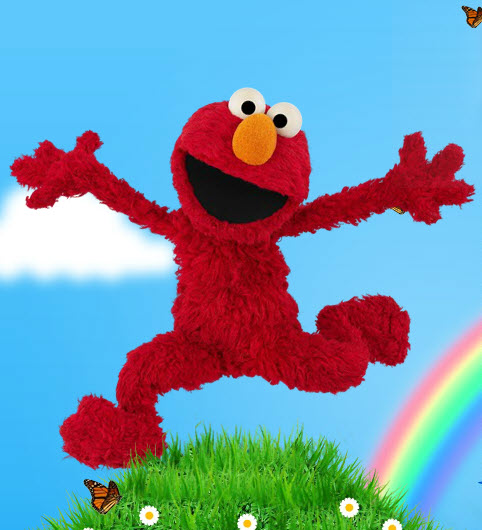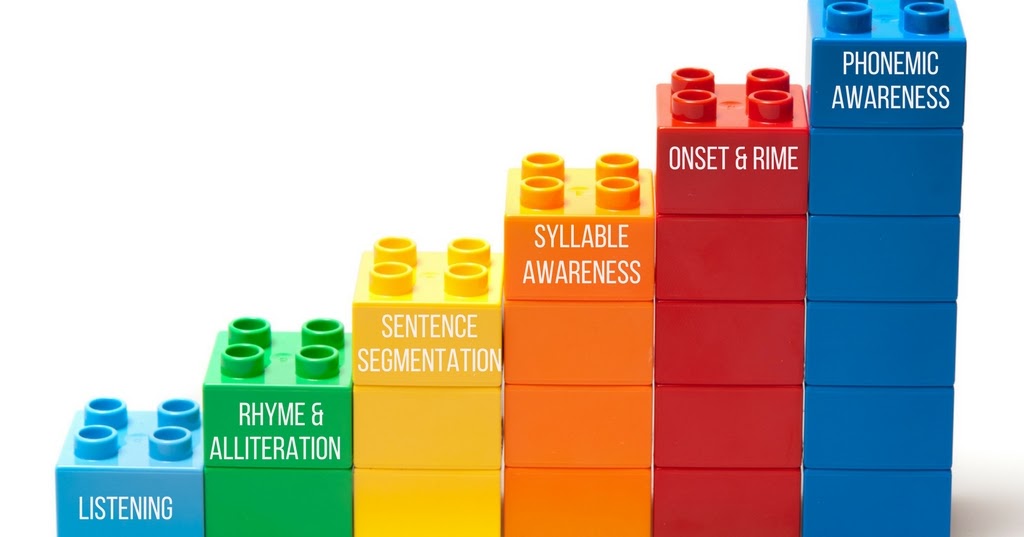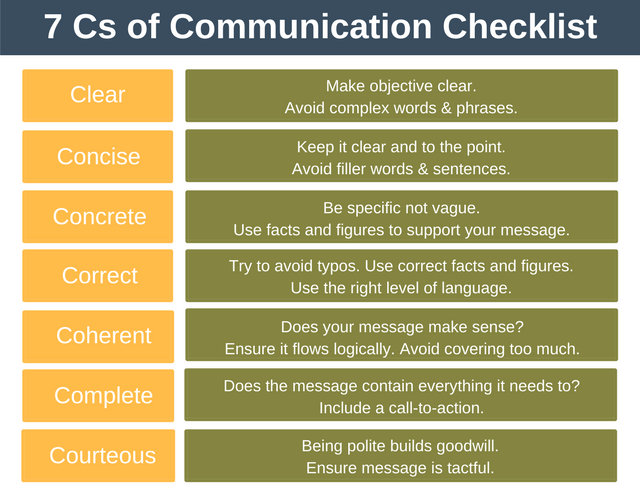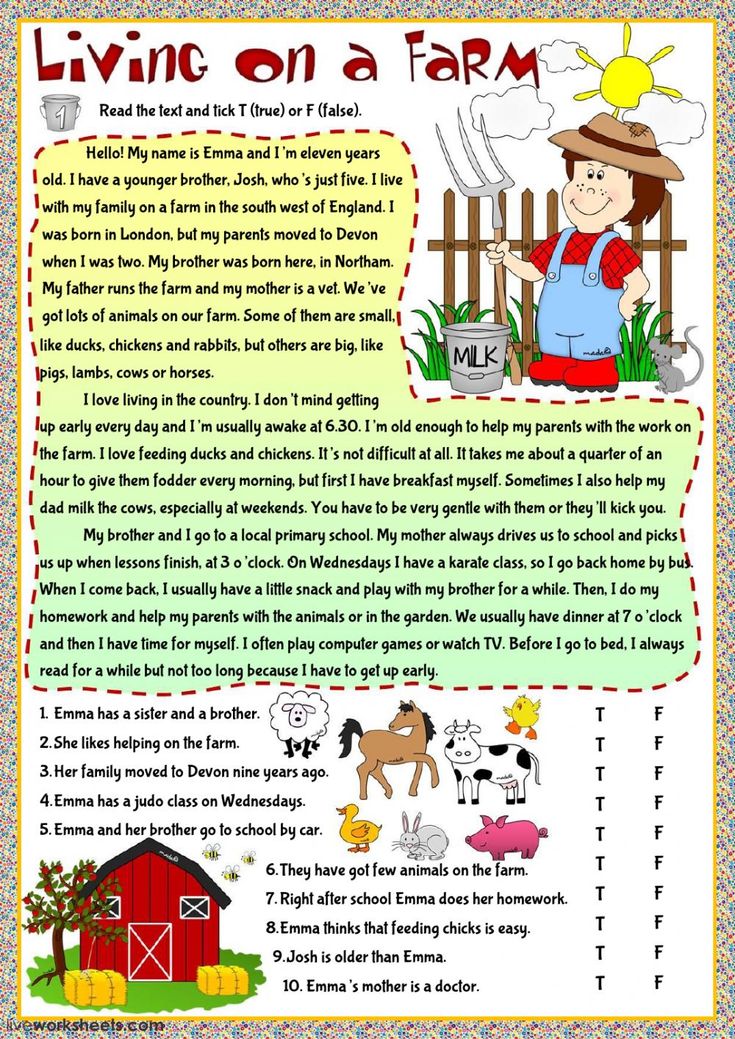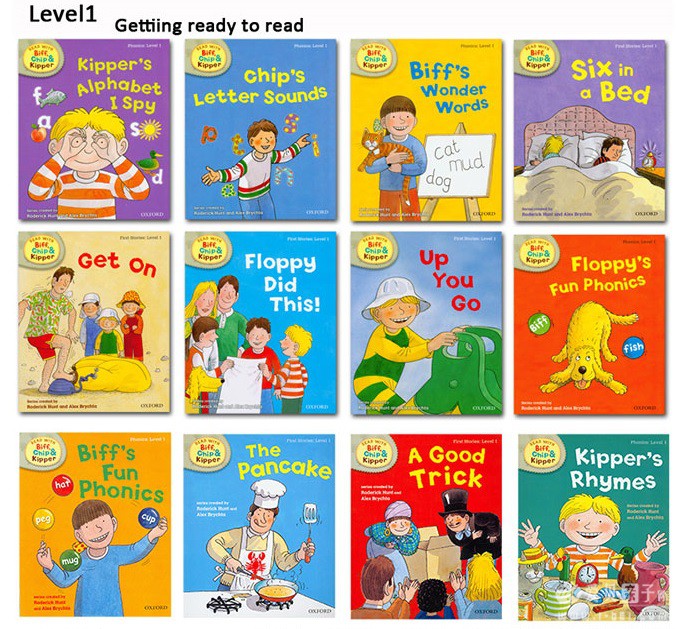Short vowel letters
» What’s the difference between short and long vowels?
» What’s the difference between short and long vowels?
Learning the building blocks of words - sounds, their spellings, and word parts
18 Replies
Phonics teaching materials often talk about "short" and "long" vowels, as though the latter are just extended versions of the former.
The five vowels usually called "short" are:
- "a" as in "cat",
- "e" as in "red",
- "i" as in "sit",
- "o" as in "not",
- "u" as in "bus".
The five vowels usually called "long", and which children are told "say their (letter) name", are:
- "a" as in "paper",
- "e" as in "be",
- "i" as in "find",
- "o" as in "go",
- "u" as in "human".
But are we talking about sounds here, or particular spellings of these sounds?
If "short" vowels are sounds (regardless of spelling), then the following are short vowels too:
- "a" spelt as in "plait", "salmon", and "Fahrenheit",
- "e" spelt as in "bread", "said", "says", "any", "leopard", "heifer", "friend", and "bury",
- "i" spelt as in "gym", "pretty", "busy", "sieve", and "women",
- "o" spelt as in "want", "because", and "entree",
- "u" spelt as in "front", "young", "blood", and "does".
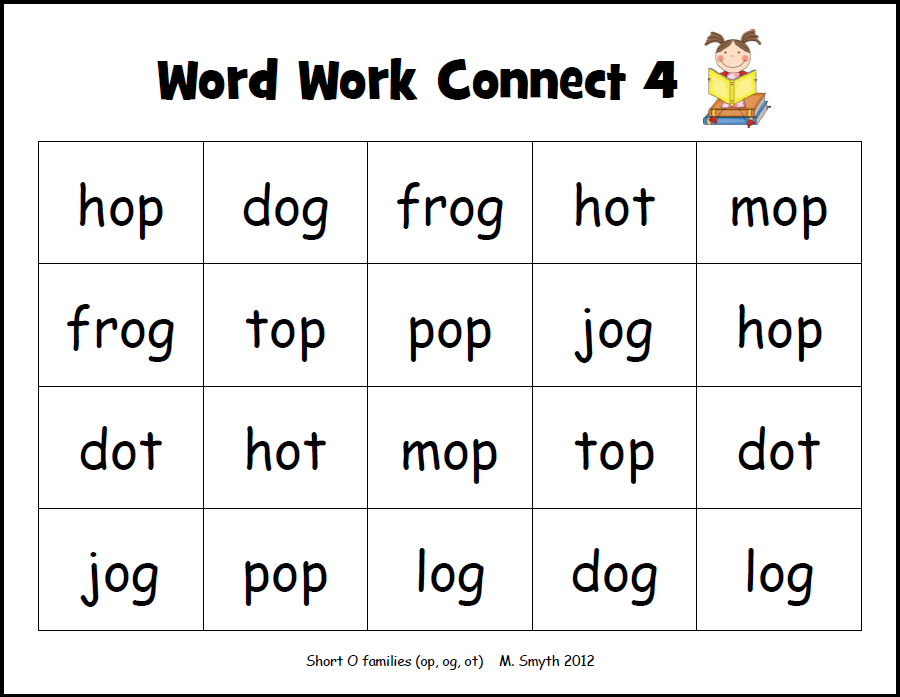
Following the same logic, the following are also "long" vowels:
- "a" spelt as in "make", "rain", "say ", "they", "eight", "vein", "break", "fete", "cafe", "puree", "sundae", "gauge", "gaol", and "straight".
- "e" spelt as in "bee", "eat", "field", "these", "ski", "funny", "turkey", "protein", "marine", "paediatric", and "amoeba",
- "i" spelt as in "like", "by", "pie", "high", "type", "bye", "bonsai", "feisty", "height", "kayak", "eye", "iron", "tae
kwondo", and "naive".
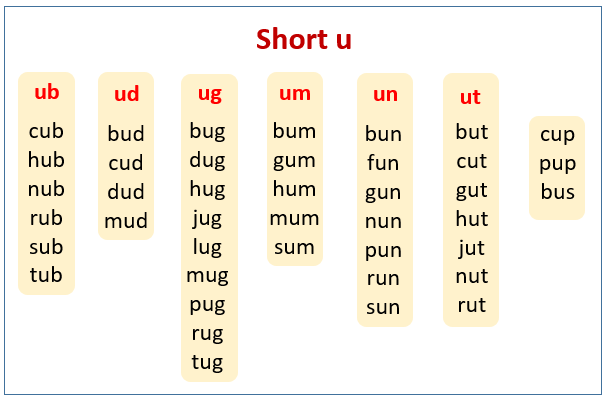
- "o" spelt as in "home", "boat", "goes", "glow", "plateau", "mould", "mauve", "though", "folk", "brooch", "owe", "sew" and "Renault".
- "u" spelt as in "use", "few", "cue", "feud", "you", "beauty", "nuisance", "ewe", "vacuum".
Try saying "capped-caped", "dinner-diner", "bellow-below" (stressing both syllables in "below"), hopping-hoping and "cutter-cuter".
The spoken versions don't just differ by length, and the written words with "short" vowels are actually longer, due to their double letters.
The terms "short" and "long" are misleading and confusing.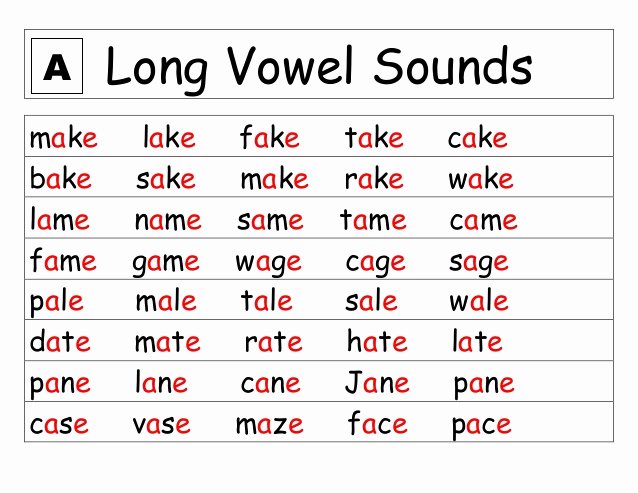 These vowels are not short and long versions of each other.
These vowels are not short and long versions of each other.
They're completely different vowels
If you stretch out an "a" as in cat, you don't get an "a" as in paper.
"A" as in "cat" is a low front pure vowel, and "a" as in paper is a diphthong (two vowels run together) which moves from low to high in the front of the mouth.
The same goes for the other "short-long" pairs. The long" vowel "e" as in "be" is a pure vowel, but "i" as in "find" and "o" as in "go" are both diphthongs.
The sound "u" as in "human" is actually a consonant-vowel combination ("y" as in "yes" plus "u" as in "hula"), which makes sense of the spelling of "you", but not most of its other spellings. Which part of the letter "u" in "human" is representing the "y" sound, and which part the "ooh"? For learning-spelling purposes it's counterproductive to slice it so finely. However, children will often hear the "y" and want to write it, and teachers need to know that it's not a figment of childish imaginations, there really is a "y" sound in "new" (unless you speak American English).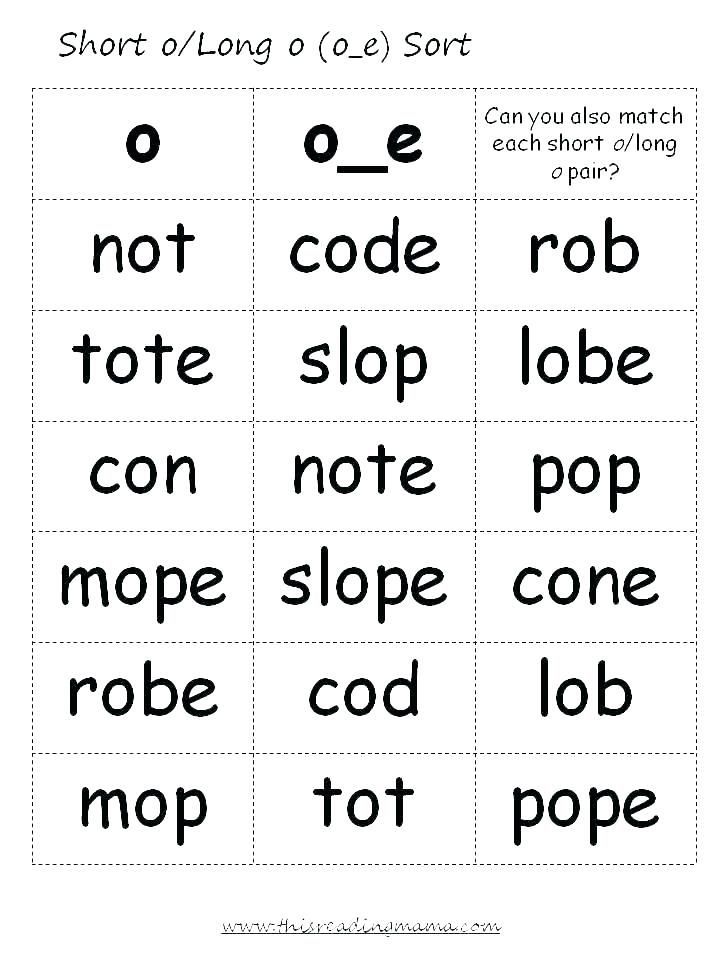
Why people think "short" vowels are short
The "short" vowel sounds cannot occur at the end of a syllable in English. They must be followed by a consonant.
In linguistics, they are called "checked" vowels. We actually have six of them, the other one being "u/oo" as in "put" or "good".
Since we only have five vowel letters, but we have 20 vowel sounds, we have to use syllable position and letter-combining to get a bit of clarity around which sounds we mean.
Often we use vowel combinations like ai, ee, ea, ie, oa, oo, oe and ue.
Often we use a vowel plus a letter Y, W, R or L, as in ay, ey, oy, aw, ew, ow, ar, er, ir, or, ur, and sometimes al (as in calm or walk) and ol (as in yolk).
The letters Y, W, R and L otherwise represent consonants that are quite open and vowel-like.
Well, actually, the letter Y by itself is almost always a vowel spelling (as in "by", "baby" and "gym"), but not at word beginnings, where people writing "X is for xylophone" type alphabet books tend to focus.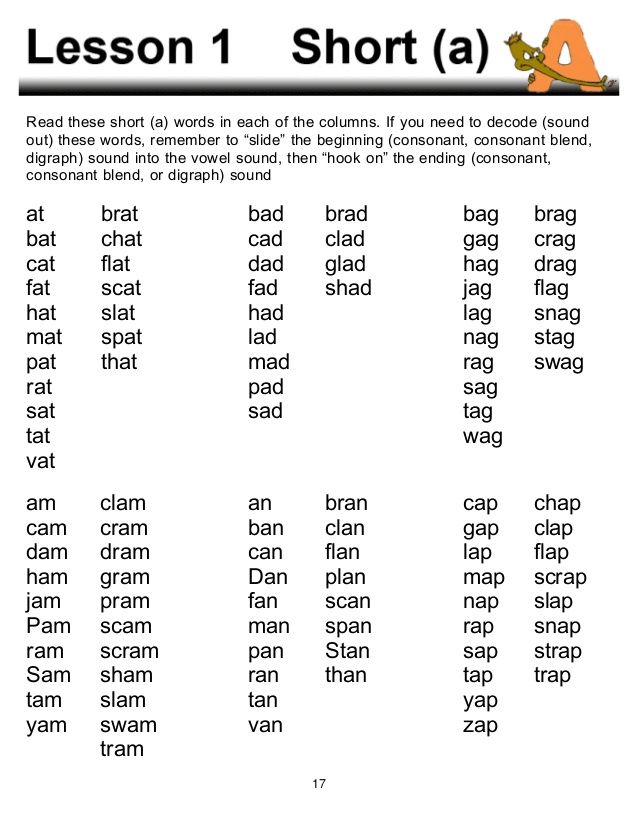
A doubled consonant letter (ff, ss, ll, zz etc) usually indicates that the vowel before it is a "short" vowel, i.e. it's not an open syllable, it ends with a consonant (as per the "capped-caped" etc example above).
What about the other vowels?
In the dialect I speak, there are twenty vowel sounds, not ten. The missing-in-action ones in the five-short-five-long classification are:
- "oo" as in "good", "put", "could", "wolf".
- "ooh" as in "moon", "flute", "chew", "soup", "hula", "blue", "fruit", "to", "lose", "shoe", "sleuth". This tends to get lumped in with "long u" as it shares some spellings and is one of the two sounds in the letter name U ("y" + "ooh").
- "ar" as in "car", "pass", "calm", "heart", "are", "baa", "aunt", "galah" and "clerk".
- "er" as in "her", "first", "nurse", "works", "early", "journal", "were", "masseur" and "myrtle".
- "aw" as in "for", "saw", "more", "all", "launch", "four", "warm", "door", "walk", "bought", "caught", "board", "dinosaur", "broad", "sure" and "awesome".
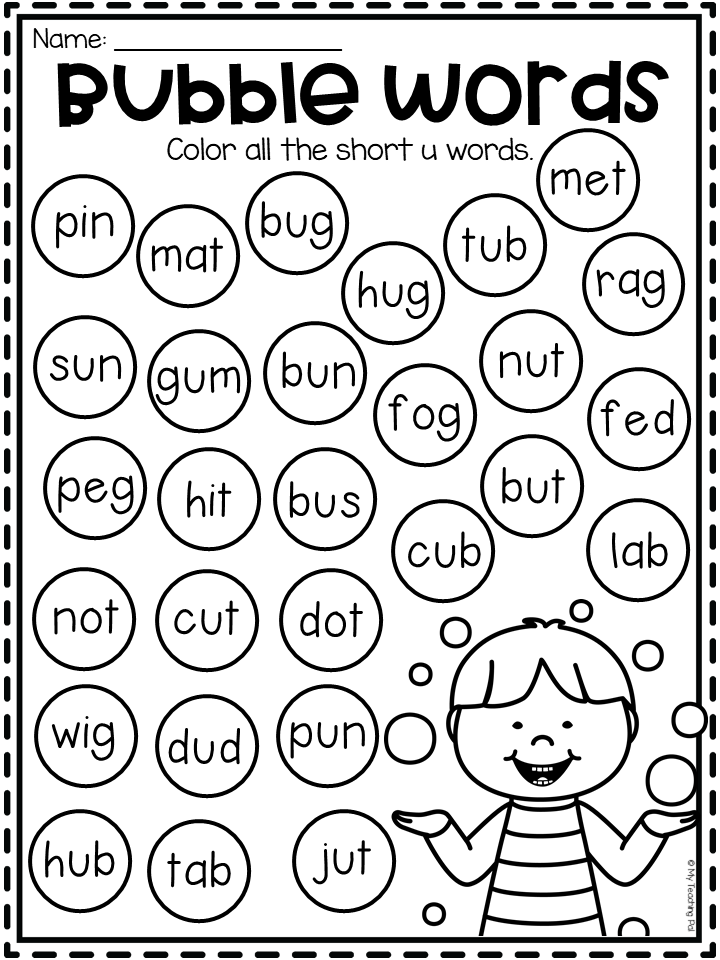
- "ou" as in "loud", "cow", "drought", "Maori", "sauerkraut" and "miaow".
- "oy" as in "boy" and "coin".
- "air" as in "care", "hair", "there", "bear", "parent", "aeroplane", "millionaire", "their", "prayer" and "mayor".
- "ear" as in "deer", "hear", "fierce", "here", "bacteria", "weird" and "souvenir".
- The unstressed vowel in words of more than one syllable, or unstressed grammatical words like "a" and "the", which can be spelt using any vowel spelling. Think of the last syllable in "butter", "actor", "collar", "sofa", "centre", "flour", "tapir", "murmur" and "picture". As long as children get a solid grounding in the other vowel spellings, they can then use this knowledge to tackle the unstressed vowel, and in their "spelling voice" say "buttER", "actOR", "collAR" etc. There is no need to teach the unstressed vowel as a separate Thing, like this (this is from a THRASS chart):
If the other 19 vowel sounds and their spellings are not all taught systematically and well, expect some students to have a lot of trouble spelling the unstressed vowel.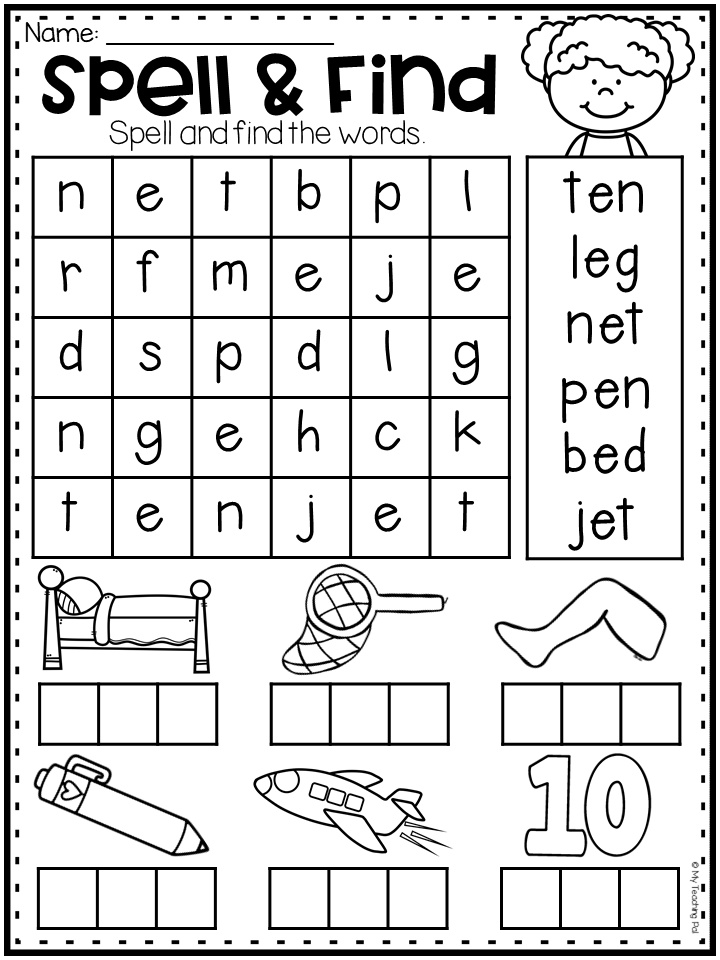 It's what signwriters get wrong all the time.
It's what signwriters get wrong all the time.
Adults can use the terms "short vowel" and "long vowel" among ourselves if we like, but I don't think it's helpful to teach this misleading and confusing terminology to children.
Instead, we can just say the sounds ("the sound ay", "the sound oy" etc) and teach children all the main spelling patterns for each sound, systematically and explicitly, before the end of their third year of schooling. This will be extremely bad for my business, but hey, the people at school will be among the ones giving out pills in my nursing home. I want them literate.
« Reorganising high-frequency word lists
Learn About English Short Vowel Pronunciation — Pronuncian: American English Pronunciation
What makes a sound a short vowel?The term short vowel is used to refer to the sounds that most often correspond to the letters 'a,' 'e,' 'i,' 'o,' and 'u' when the vowel occurs individually between consonants (Consonant-Vowel-Consonant, or CVC pattern).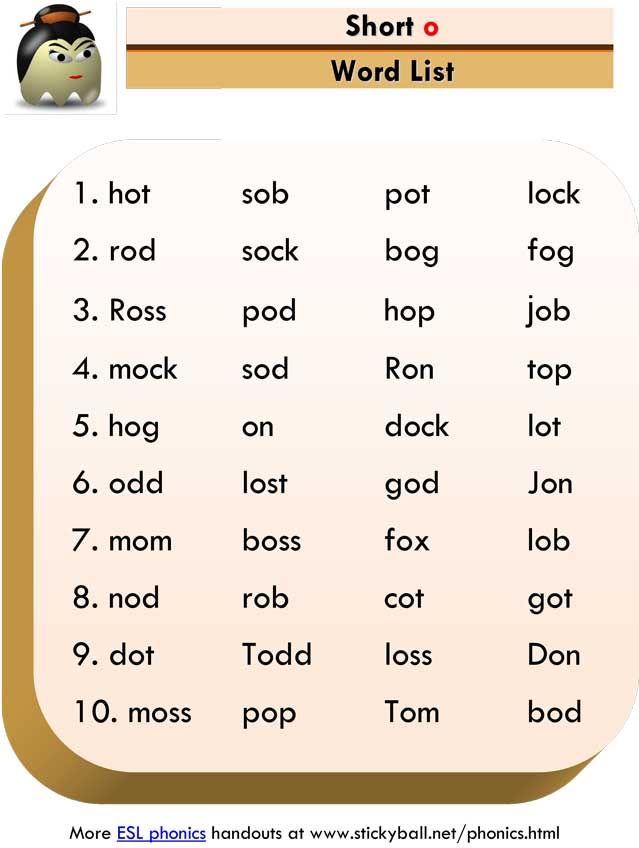 It is important to note that the term short is not referring to the length of time the vowel sound is pronounced—it is merely a label.
It is important to note that the term short is not referring to the length of time the vowel sound is pronounced—it is merely a label.
When learning the common spellings of vowel sounds, note that long vowels--not short vowels--often have a silent 'e' at the end of a word (see the long vowel VCe pattern).
Listen to the following sounds and words for to become familiar with pronouncing these challenging sounds.
short a /æ/: cat /kæt/ (pronounce it, spell it, practice it)
short e /ɛ/: bed /bɛd/ (pronounce it, spell it, practice it)
short i /ɪ/: sit /sɪt/ (pronounce it, spell it, practice it)
short o /ɑ/: top /tɑp/ (pronounce it, spell it, practice it)
short u /ʌ/: sun /sʌn/ (pronounce it, spell it, practice it)
The Consonant-Vowel-Consonant (CVC) patternAll of the short vowel key words use the Consonant-Vowel-Consonant (CVC) pattern.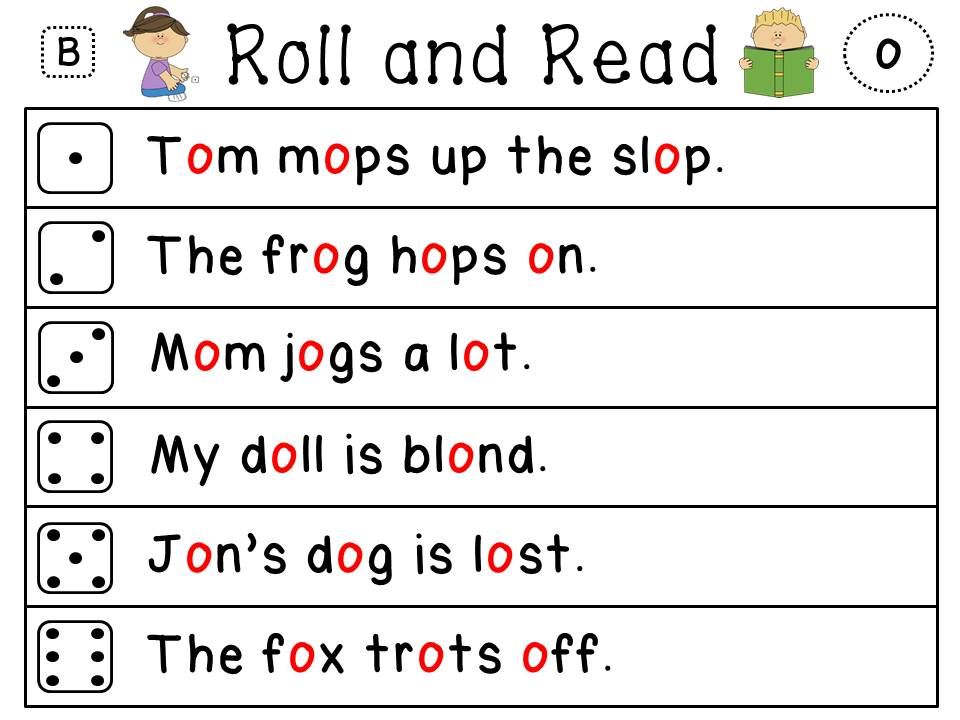 The CVC pattern states that when a single vowel is between two consonants, the vowel is pronounced as a short vowel sound (if the letter 'e' follows the second consonant, the vowel will be pronounced as a long vowel sound due to the Vowel-Consonant-e pattern).
The CVC pattern states that when a single vowel is between two consonants, the vowel is pronounced as a short vowel sound (if the letter 'e' follows the second consonant, the vowel will be pronounced as a long vowel sound due to the Vowel-Consonant-e pattern).
Additionally, when a vowel is pronounced with a short vowel sound, it may be followed by two consonants. Both consonants are not necessary for short vowel identification purposes, but do often offer an additional clue that the particular sound in that instance is a short vowel sound.
The CVC pattern still applies when a word begins with a vowel sound and is followed by one or more consonants.
Consonant-vowel-consonant spelling examples
short a /æ/: back /bæk/, at /æt/
short e /ɛ/: bend /bɛnd/, end /ɛnd/
short i /ɪ/: sick /sɪk/, it /ɪt/
short o /ɑ/: lock /lɑk/, opt /ɑpt/
short u /ʌ/: such /sʌʧ/, us /ʌs/
It must be remembered when applying spelling patterns to English pronunciation there is the possibility that two or more pronunciations may have the same spelling.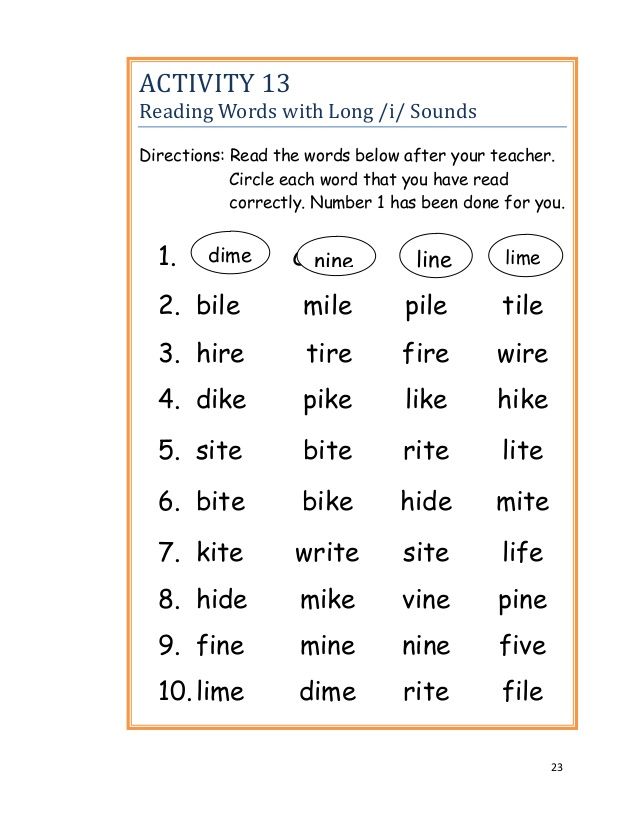 For instance, when the letter 'o' is between two consonants there are three potential pronunciations: 'short o' (top), 'long o' (most), and 'aw sound' (dog). Consulting a dictionary is the only way to be certain of the pronunciation of an unfamiliar word.
For instance, when the letter 'o' is between two consonants there are three potential pronunciations: 'short o' (top), 'long o' (most), and 'aw sound' (dog). Consulting a dictionary is the only way to be certain of the pronunciation of an unfamiliar word.
English vowels ‹ engblog.ru
Unlike the Russian alphabet, which has 33 letters ( letters ), English contains only 26. However, even with this number of letters, there are 44 sounds in English ( sounds ). All letters of English are divided into two groups: vowels ( vowels ) and consonants ( consonants ). Quantitatively, the first group is much smaller than the second. There are 20 consonants and only 6 vowels. This article is about vowels in English. Here are the letters that represent vowels: a , e , i , o , u , y . It should also be remembered that a sound is what we hear, and a letter is a sign by which we represent a certain sound.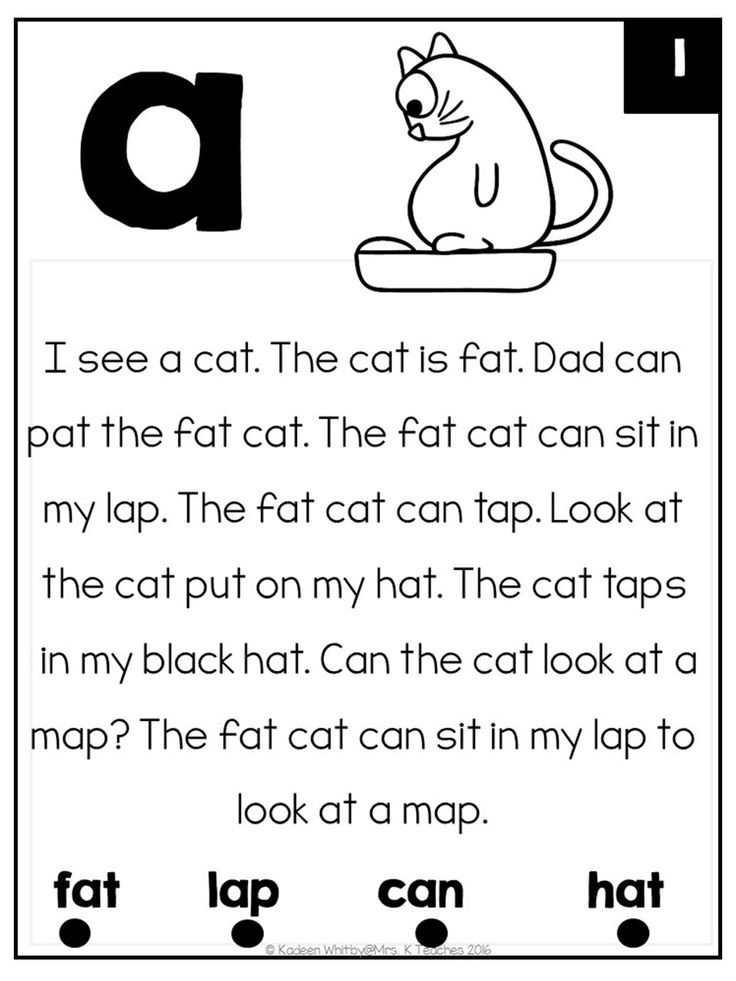 To record how a particular word or letter is read, there is a phonetic transcription. This is a system of signs, each of which expresses one sound.
To record how a particular word or letter is read, there is a phonetic transcription. This is a system of signs, each of which expresses one sound.
English vowels are pronounced with an open mouth and can be sung. Also, vowels in English can be long ( long vowels ) and short ones ( short vowels ). There are five short vowels, five long vowels, and eight more diphthongs ( diphthongs ). A diphthong is a combination of two vowels in one syllable. In English, it is very important to observe the brevity and longitude of vowel sounds, since the meaning of the word may depend on the length of the sound. For example: ship - sheep . In the first word, the sound i is short, and in the second the combination of vowels ee is also a sound i , long only. The translation of the first word is a ship, and the second is a sheep.
Short vowels in English are truncated stressed vowels. Long vowels in English are monophthongs.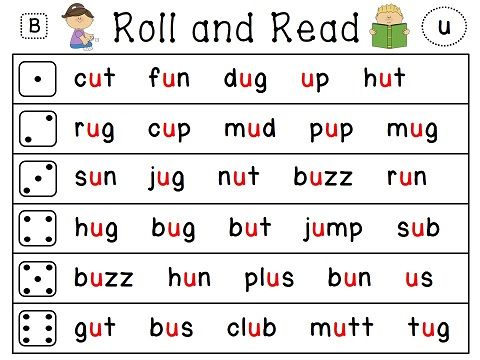 They are pronounced with constant articulation. In diphthongs, one of the sounds is stressed and forms a syllable. And the second is only its brief element.
They are pronounced with constant articulation. In diphthongs, one of the sounds is stressed and forms a syllable. And the second is only its brief element.
Examples of short vowels in English:
- pot
- cup - mug
- pencil - pencil
- map - map
- mother - mother
Examples of long vowels in English:
- father - father
- bee - bee
- dawn - dawn
- soon - soon
Examples of diphthongs in English:
- fine – good
- bow - bow
- coat - coat
- fuel - fuel
If we are talking about letters, then the reading of vowels in English is directly affected by the type of syllable ( syllable ). As you know, syllables are open ( open syllable ) and closed ( closed syllable ).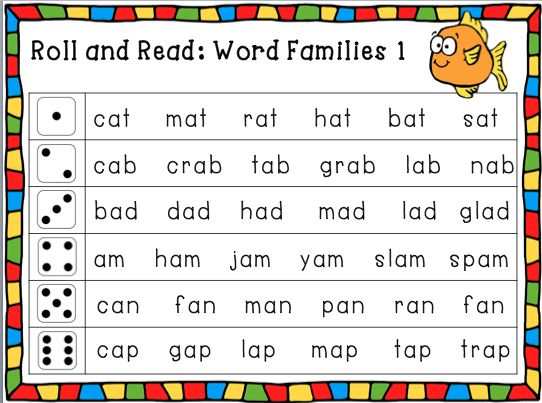 The first one ends in a vowel, the second one ends in a consonant. Moreover, in English, a syllable ending in silent 9 is also considered an open syllable.0003 e . Usually short vowels are presented in closed syllables, and long in open ones. But this is not an axiom and not a rule.
The first one ends in a vowel, the second one ends in a consonant. Moreover, in English, a syllable ending in silent 9 is also considered an open syllable.0003 e . Usually short vowels are presented in closed syllables, and long in open ones. But this is not an axiom and not a rule.
There are a lot of rules for reading vowels in English, and even knowing them, you can meet many exceptions, the reading of which should simply be remembered.
If you find an error, please highlight the text and press Ctrl+Enter .
Sounds in English: pronunciation, transcription 🗣️
Let's help you speak English without hesitation
Start learning
141.6K
It happens that you speak English with a foreigner, but he does not understand you. And then you find out that the letter “a” alone can be pronounced in six different ways.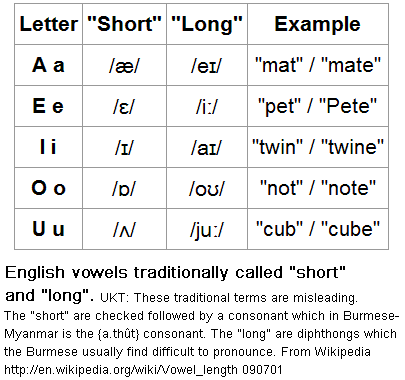 We understand English sounds in order to sound correctly and speak the same language with foreigners.
We understand English sounds in order to sound correctly and speak the same language with foreigners.
In English, the number of words that are not pronounced at all as they are written is very high - this is the result of historical changes and the standardization of written English in the 17th century. Knowing how English sounds are read, you can almost always read even the most intricate word. nine0023
The English alphabet has 26 letters, 20 vowels and 23 consonants. The more you delve into the English language, the more difficult words you will meet along the way. The science of phonetics will come in handy here, just in time. And we will share life hacks on the study of this topic.
Transcription of English sounds
In order to study all possible variations of sounds, linguists have developed an alphabet that contains special characters. This alphabet was called International Phonetic Alphabet (International Phonetic Alphabet).
These symbols are used in modern transcriptions of English words. Transcription, by the way, is a graphic representation of sounds. Indicate the transcription in square brackets.
Let's look at the examples below, how one letter can be read in two different ways. The difference in pronunciation can depend on the type of syllable, the position of the letter in the word, and whether the vowel is stressed. nine0023
- In the word type (print/type), the letter y is in an open syllable and therefore reads [aɪ].
- In the word copy (copy / copy), the letter y is in an unstressed syllable at the end of the word and therefore reads like [i].
However, it is worth trying to learn the pronunciation of sounds and various combinations of sounds.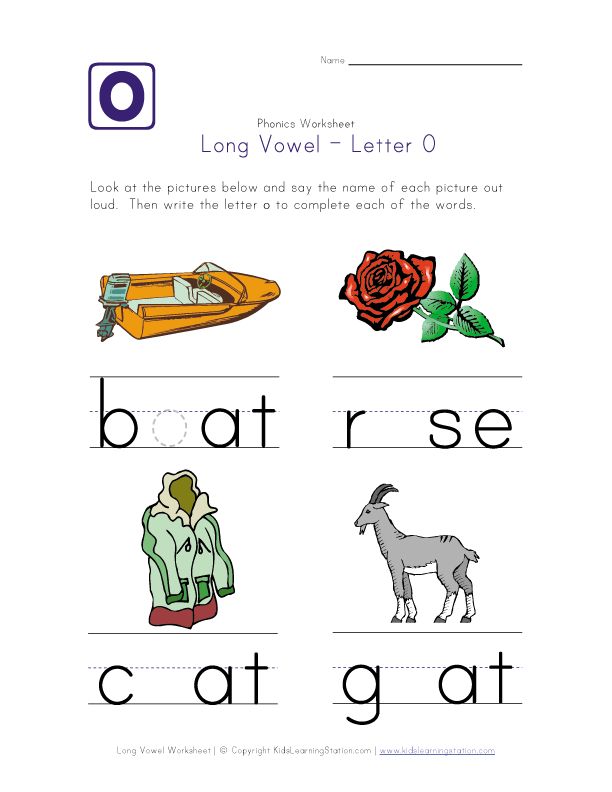 There is no division into short and long consonants in Russian. In English, the incorrect pronunciation of such vowels leads to significant changes in the meaning of the word. nine0023
There is no division into short and long consonants in Russian. In English, the incorrect pronunciation of such vowels leads to significant changes in the meaning of the word. nine0023
So, for example, confusing the short and long sound [i] (read as “and” in the Russian word “game”), you can accidentally say “I boarded a sheep” - I boarded a sheep [ʃ iː p], and not "I boarded a ship" - I boarded a ship [ʃ ɪ p].
English proficiency test
This English proficiency test was compiled by the Skysmart online school tutors. They prepared interesting and relevant tasks on modern topics to make the test both useful and interesting
General Table of Consonants and Vowels of English (IPA)
Below is a table of all known English phonemes. The vowels are in the gray area and the consonants are in the yellow area. Short and long vowels are indicated on a light gray background, and diphthongs - sounds consisting of two elements - are located on a dark gray background.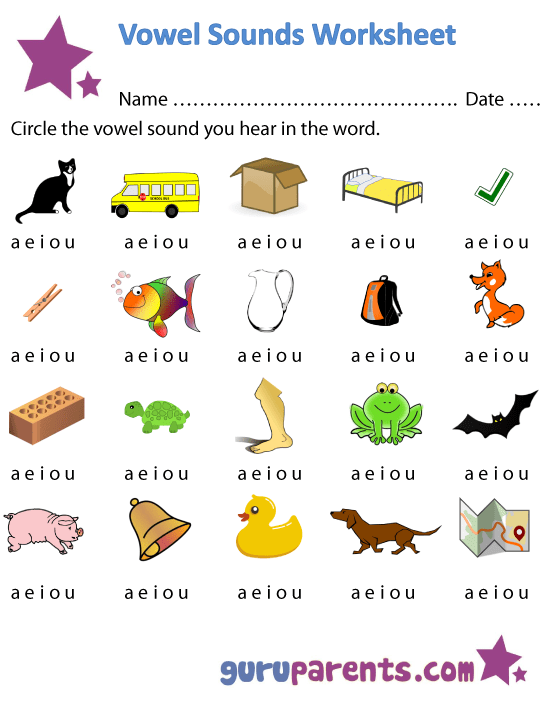
All consonants are on a yellow background and are distinguished by font color. Voiceless consonants ( voiceless/unvoiced ) are marked in gray, and voiced ones ( voiced ) - black.
How many English words do you already know?
Let's define your vocabulary - without complex questions and with the help of smart algorithms.
Classification of sounds in English
In English, sounds are divided into two groups: vowels and consonants. Let's take a look at them.
Another effective way to quickly memorize English sounds is to sign up for English lessons for children 8 years old online at Skysmart School. nine0023
Vowel sounds of the English language
From the school curriculum of the Russian language, we remember that the main characteristic of vowel sounds is their melodiousness. This is due to the fact that when pronouncing a vowel sound, the air passing through the vocal cords vibrates and the sound freely leaves the oral cavity without encountering any obstacles in its path. Here is the rule for pronunciation of vowels:
This is due to the fact that when pronouncing a vowel sound, the air passing through the vocal cords vibrates and the sound freely leaves the oral cavity without encountering any obstacles in its path. Here is the rule for pronunciation of vowels:
| Vowel | IPA | Word examples | Vowel | IPA | Word examples |
| /a/ | æ | c a t | /oo/ | - | l oo k, w ou ld, p u t |
| /e/ | and | p e g, br ea d | /ar/ | ɑ: | c ar t, f a st (regional) |
| /i/ | ɪ | p i g , g i ve | /ur/ | ɜ: | b ur n, f ir st, t er m, h ear d, w or k |
| /o/ | nine0139 ɒ | l o g, w a nt | /au/ | ɔ: | t or n, d oor , w ar n, h au l, l aw , c a ll |
| /u/ | - | pl u g, l o ve | /er/ | ə | wood e n, circ u s, sist er |
| /ae/ | eɪ | p ai n, d ay , g a t e , st a | /ow/ | aʊ | d ow n, sh ou t |
| /ee/ | i: | sw ee t, h ea t, th ie f, th e s e | /oi/ | ɔɪ | c oi n, b oy | nine0252
| /ie/ | aɪ | tr ie d, l igh t, m y , shin e , m i nd | /air/ | eə | st air s, b ear , h are |
| /oe/ | o' | r oa d, bl ow , b o ne, c o ld | /ear/ | ɪə | f ear , b eer , h ere |
| /ue/ | u: | m oo n, bl ue , gr ew , t and and | /ure/ | ʊə | p ure , c u re |
Demo lesson in English
We will determine the level and set a goal, and then we will teach you to speak English fluently.
Consonant sounds of the English language
When articulating a sound, the air flow encounters obstacles in its path formed by the organs of speech: tongue, lips, teeth and alveoli. Passing through these barriers, air passes through the gap and noise is created. nine0023
| Consonant | IPA | Word examples | Consonant | IPA | Word examples |
| /b/ | b | b aby | /r/ | r | r abbit, wr ong |
| /d/ | d | d or og | /s/ | s | s un, mou se , c ity, sc ience |
| /f/ | f | f ield, ph oto | /t/ | t | t ap |
| /g/ | g nine0221 | g ame | /v/ | v | v an |
| /h/ | h | h at | /w/ | w | w as | nine0252
| /j/ | ʤ | ju dg e, g iant, bar ge | /y/ |
| and es |
| /k/ | k | c oo k , q ui ck , mi x , Ch ris | /z/ | z | z ebra, plea se , i s |
| /l/ | l | l amb | /th/ | - | nine0216 |
| /m/ | m | m onkey, co mb | /th/ | θ | th in |
| /n/ | n | n ut, kn ife, gn at | /ch/ | - | ch ip, wa tch |
| /ng/ | ŋ | ri ng , si n k | /sh/ | ʃ | nine0139 sh ip, mi ss ion, ch ef |
| /p/ | p | p a p er | / | - | trea s ure |
English cheat sheets for parents
All the rules for English at hand
Natalya Naumova
for the previous article
141.

